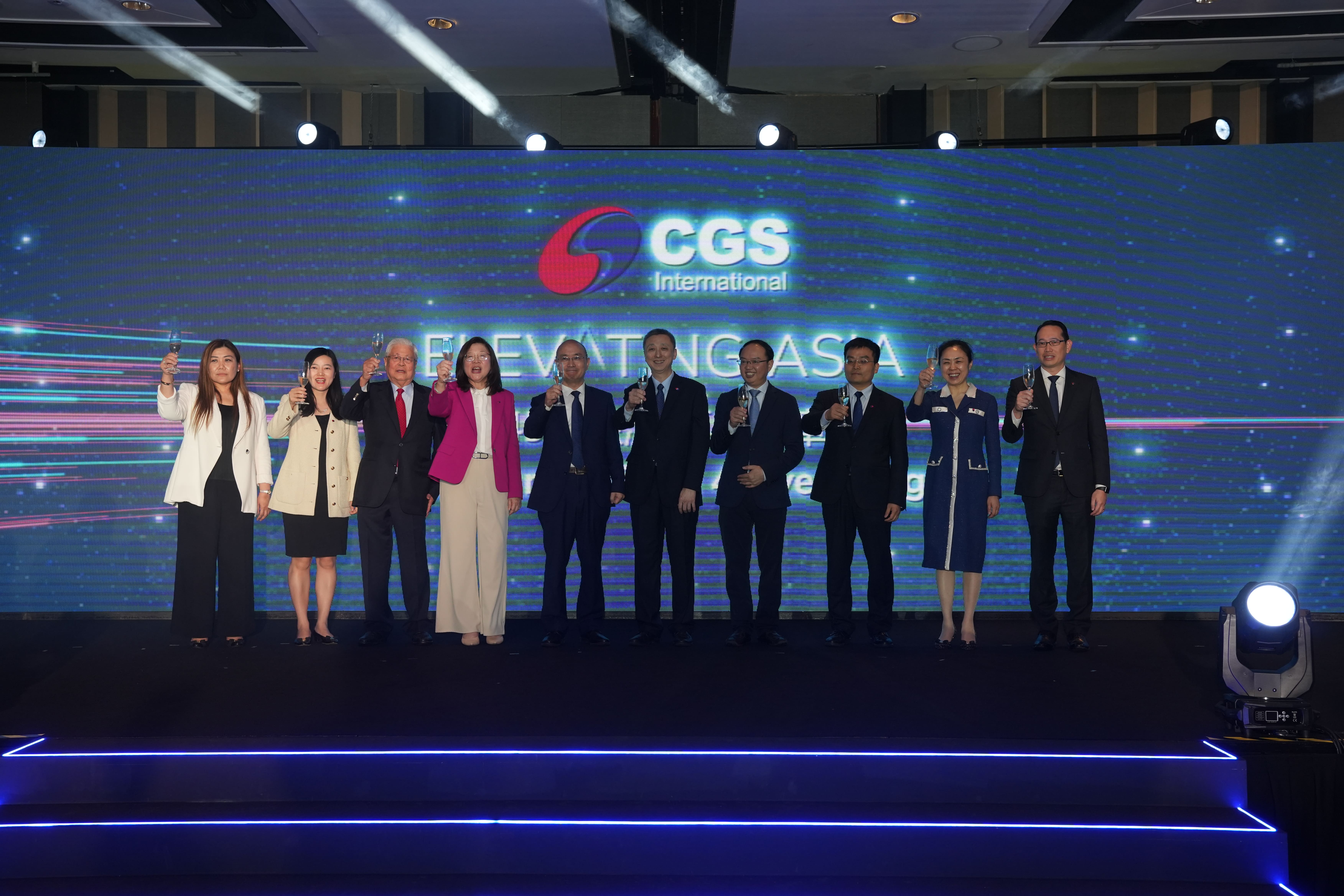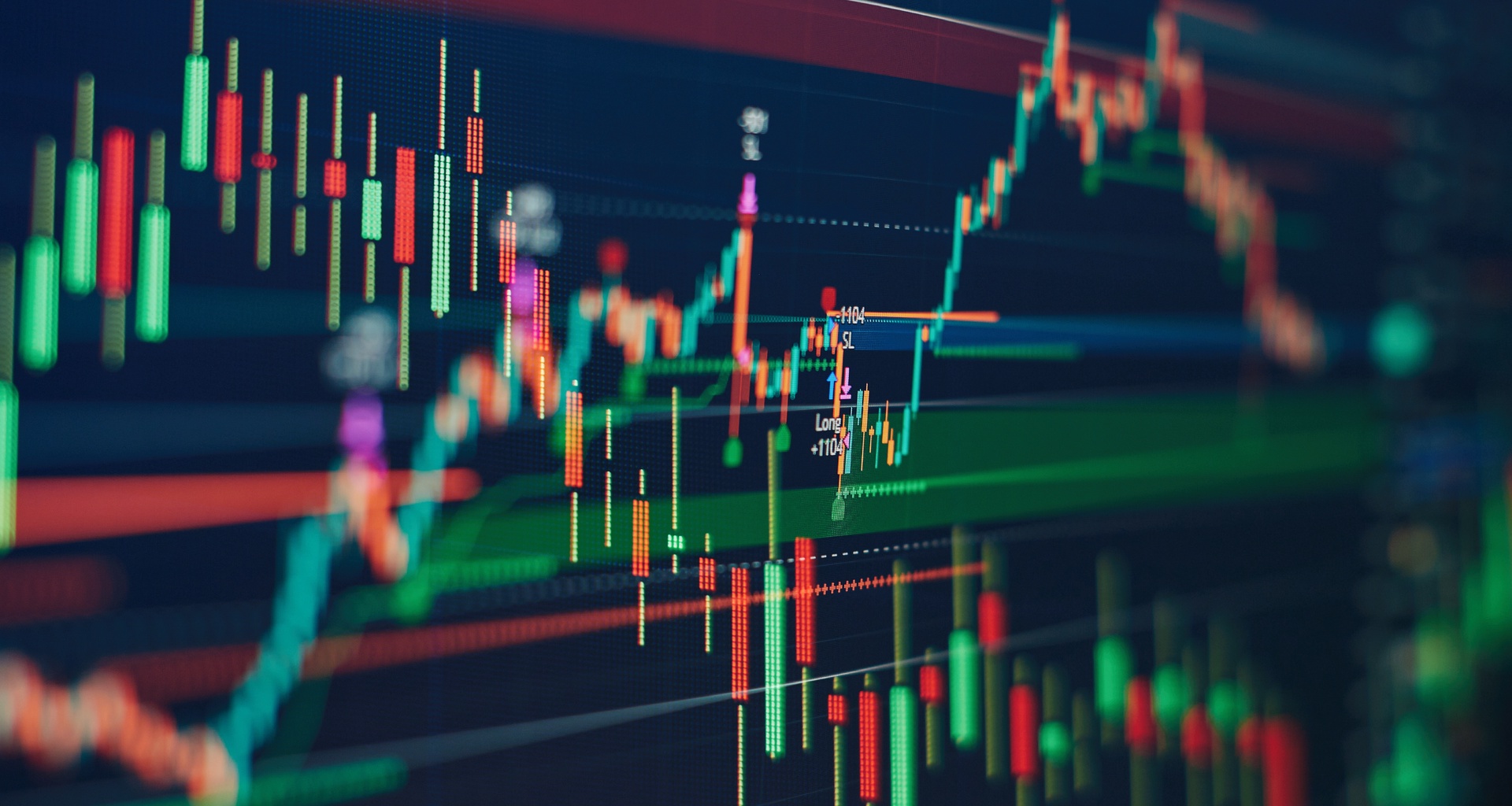INVESTORS in the Reg S only bond market in Asia should look at the 144A bond market for clues on how to allow for a more regular and less volatile flow of investing.
Addressing the participants of The Asset 12th Asian bond Markets Summit in Shanghai, Fredric Teng, head of high yield product group at Standard Chartered, notes that the US investors are benchmark-type of investors, whose investment aim is to outperform benchmark indices.
"This provides for that longevity and regular participation in the bond market even in a down market cycle," he says. "Even when the rates and credit are going up, they are not so worried, they still buy – even if selectively. This gives you stability. I do hope the Reg S only market in Asia overtime graduates to this kind of maturity to allow for more regular, less volatile flow of investing."
While the Reg S market has grown so big accounting for almost 90% of the US dollar bond issuance in the Asia-Pacific last year, there is still a need for issuers to access the 144A market for a number of reasons. One of them is duration, as Teng points out.
"A lot of the issuers have to tap the Reg S/144A market because the investors base in the US can offer them seven years, 10 years, 20 years or even 30 years, depending on your credit, which the Reg S only market is still somewhat constrained," he says, "This is because investors in Asia are totally return-driven, which means they buy at par. So if the price goes below par, they lose money and vice-versa, if the price goes above par. They marked-to-market and they are judged performance-wise by their total return."
Helen Wong, senior director for investor development team at Fitch Ratings, notes that the Reg S market has expanded rapidly that it can now support even a US$5 billion transaction. "If you look at the trend right now, Asian issuers would launch their deals during Asia time and the order book would be quickly filled up by Asian investors in the Reg S market, which would then carry the momentum into Europe and the US," she says.
She attributes the growth of the Reg S market to the accumulation of wealth among Asia investors, and what cannot be ignore was the rise of Chinese investors.
She explains: "As the GDP growth in China amounted to over 6% during the past 25 years, there has been an accumulation of wealth among the Chinese individuals and Chinese companies, providing them with abundant liquidity to invest in US dollar assets. These Chinese investors can be onshore investors or offshore subsidiaries of Chinese companies, which have the money offshore, or the Chinese companies which have already raised money in the offshore market that they can use to invest in the Reg S bond market."
Indeed, according to Teng, the Reg S phenomenon was particularly acute in Greater China as the Chinese liquidity coming from the likes of asset management companies and banks have over time during the past 10 years have graduated from investing in sovereign, bank and investment grade paper down the curve to high yield corporate bonds.
"This is the cutting edge of investing because you need expertise in credit analysis and in the industry," he adds.









